The Skinny on Exotic Fruit
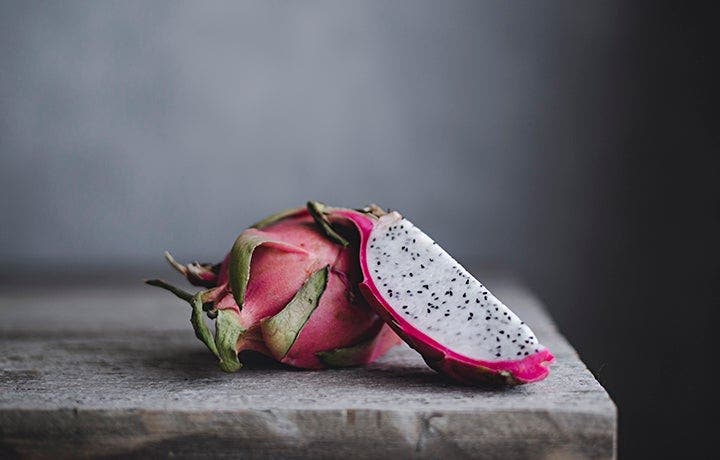
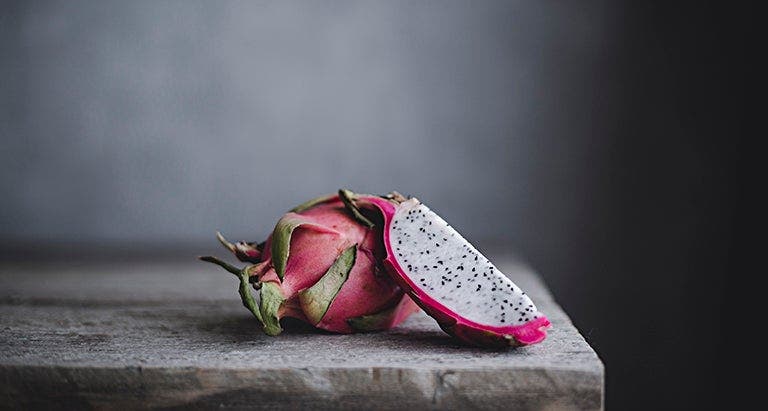
Buying and storing
Because there are such variations among tropical fruits — from dragon fruit’s tough red rind to star fruit’s waxy-yet-edible exterior — ask the vendor what looks good today. Avoid any specimens with noticeable soft spots or blemishes, and use your nose: An alluring aroma usually indicates ripeness, while a sour or fermented odor promises disappointment.
Most fruits from warmer climes do well at room temperature. If your fruit is fully ripe but you can’t eat it today, store it in the refrigerator for no more than a few days.
Wash under cool running water just before using, even if you won’t be eating the exterior, otherwise your knife may drag bacteria into the flesh.
Visual Buying Guide
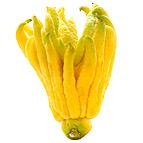
|
Buddha’s hand |
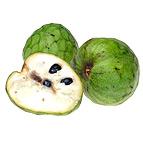
|
Cherimoya |
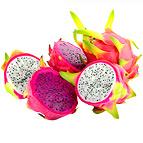
|
Dragon fruit |
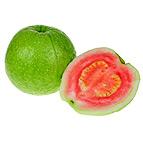
|
Guava |
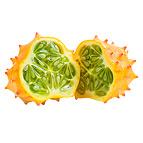
|
Horned melon |
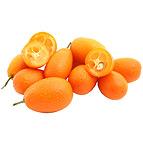
|
Kumquat |
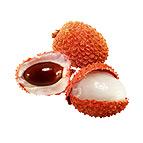
|
Lychee (also spelled litchi) |
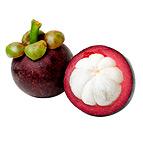
|
Mangosteen |
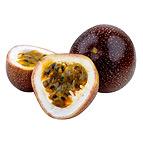
|
Passion fruit |
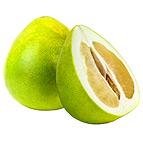
|
Pomelo |
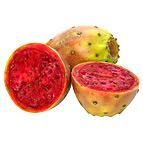
|
Prickly pear |
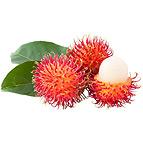
|
Rambutan |
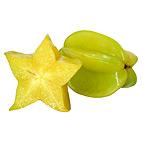
|
Star fruit Star fruit is so called because when sliced, its ridges form a five-pointed star. Though waxy, the skin is edible, and its flesh is firm, even crisp, and often more tart than sweet. Deep golden tones indicate a sweeter fruit; green star fruit can be downright sour. |
